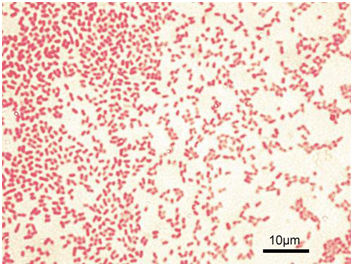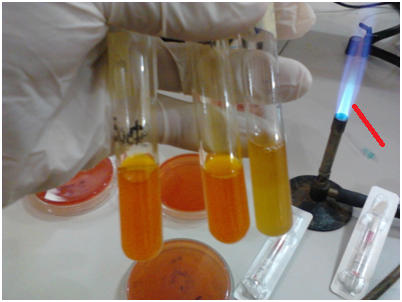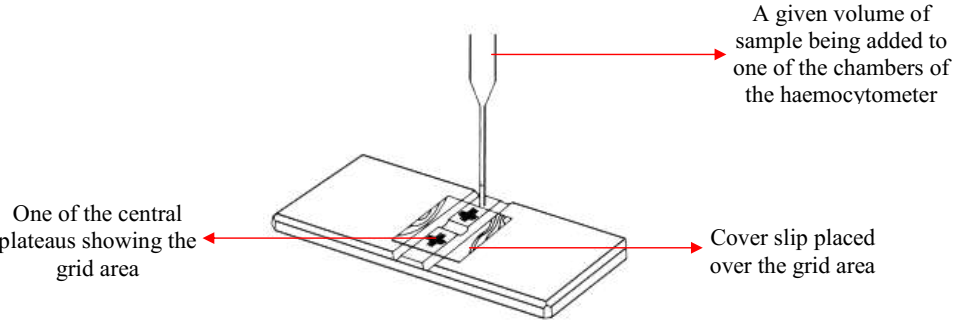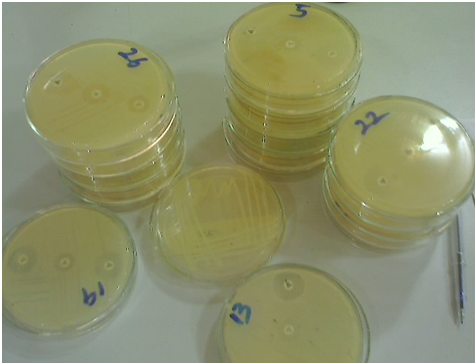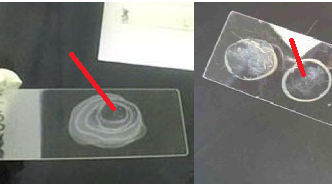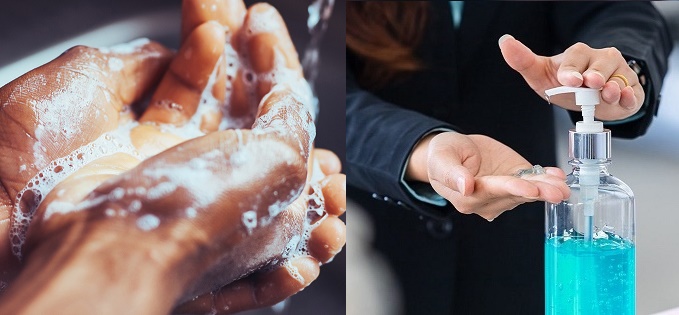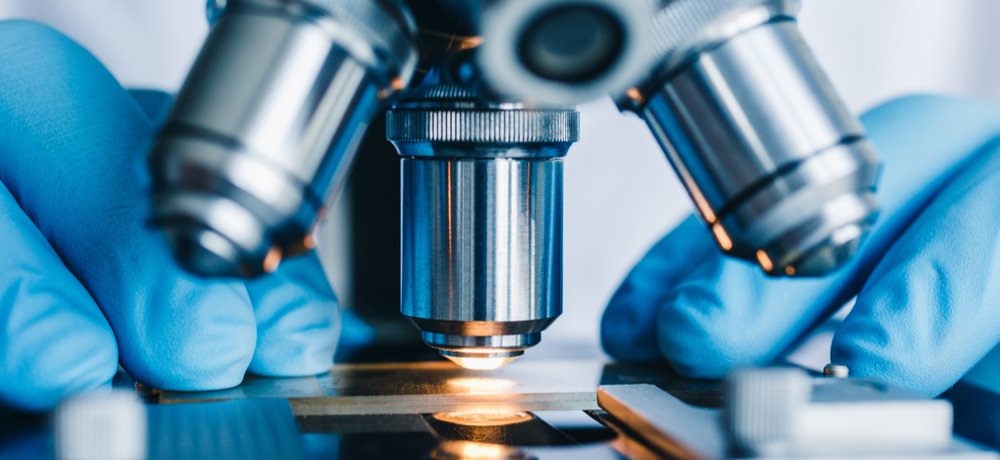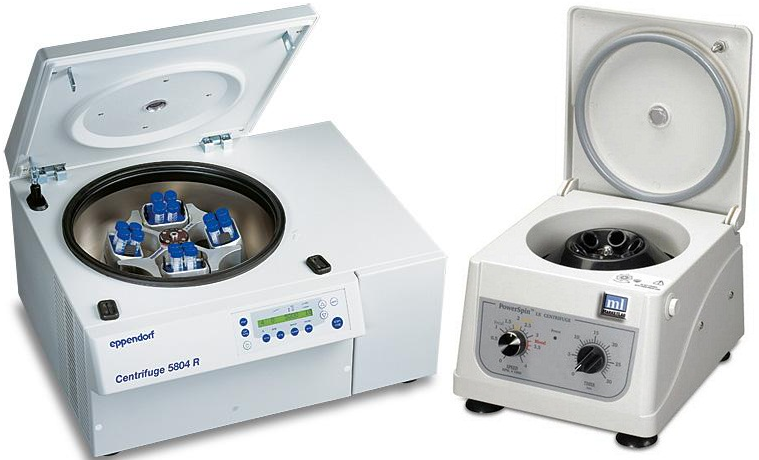GRAM STAINING TECHNIQUE
Gram staining is a general purpose bacteriological identification technique used in the bacteriology section of the microbiology laboratory to identify and differentiate bacteria into two groups i.e. Gram-positive and Gram-negative. It was discovered by Christian Gram (1853-1938), a Danish scientist in 1884. Christian Gram showed that the cells of some bacteria could be easily decolorized […]
GRAM STAINING TECHNIQUE Read More »
Microbe Lab, Bacteriology, Techniques in Microbiology Lab
